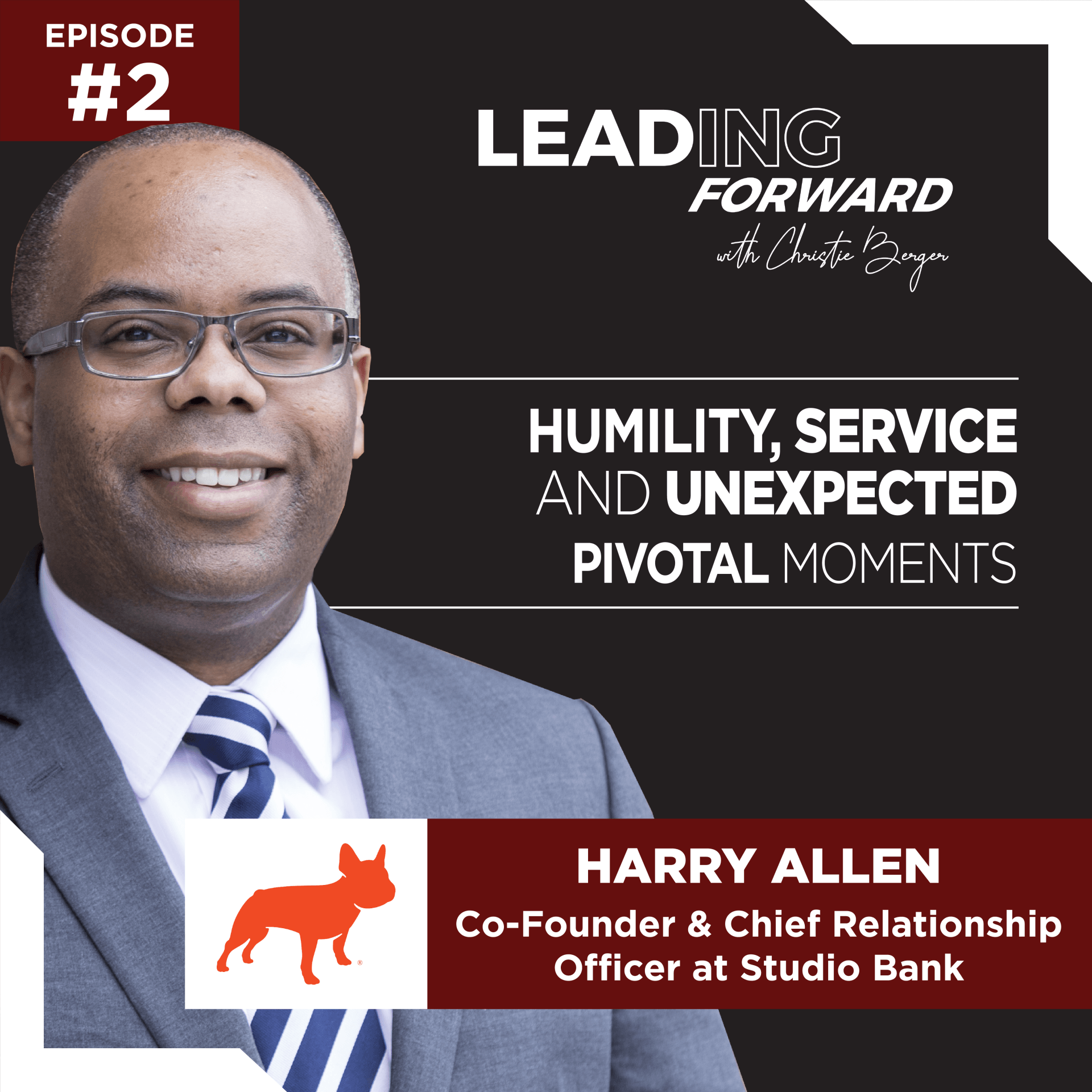As an Executive Coach, I often ask leaders to describe their leadership style and the organizational priorities and goals they are responsible for obtaining. After intently listening to the response, I follow up with the question: What does your calendar tell us about your leadership style, priorities and values?
Many times there is a gap between the leader’s answers to these two questions. When asked the first question, the leader generally answers with clarity and confidence (whether self perception matches what others experience or expect is another topic of conversation). Then when asked the second question, the leader often becomes puzzled and unsure.
On the surface, this may seem like an odd inquiry. However, the calendar review is a simple way to self assess whether or not you are operating in alignment to what the organization and business context needs from you. More importantly, the results provide insight on whether your behaviors support your priorities and core values
(or are they just aspirational values
in thought).
Let me provide a few examples:
- You describe yourself as a strategic leader that empowers your team. Yet, your calendar shows that you are in back-to-back meetings involving all of the current initiatives of your department.
- You say that coaching and developing your team is a priority. Yet, when asked how often you meet individually or collectively with your direct reports, you are unable to show consistent time dedicated to this.
- You denote that family and health are the most important things in your life. Yet, when asked how often you take time for family and health activities, your calendar paints a different picture.
- You tell your team and peers that collaboration is important to drive innovation. Yet, the majority of your meetings are with the same people.
Ultimately, where and how you spend your time sends a much stronger message to others about what is most important to you.
Leaders, this concept is very important, as your behaviors (not just your words) mold the cultures within your teams, departments and organizations. What message are you sending?
It is easy and comfortable (albeit slightly delusional and self protecting at times) to just declare that our style, priorities and even our values are in constant alignment with our behavior. In order to ensure that our behavior supports our intentions (at least the majority of the time – we are human), it is imperative to regularly pause and assess if this is actually the case. How would you answer the first two questions?
About Christie Berger, MBA, PCC
Christie is a certified executive coach and leadership development consultant. In addition to her private coaching practice of over 10 years, Christie served as Head of Executive Coaching for Belmont University, Center for Executive Education and has collaborated with a variety of global firms. Christie encourages her clients to push their growing edges in order to accelerate performance and reach their leadership potential. To learn more about Christie visit christieberger.com.
NEVER MISS AN UPDATE
Sign Up for Monthly Episodes and Insights







